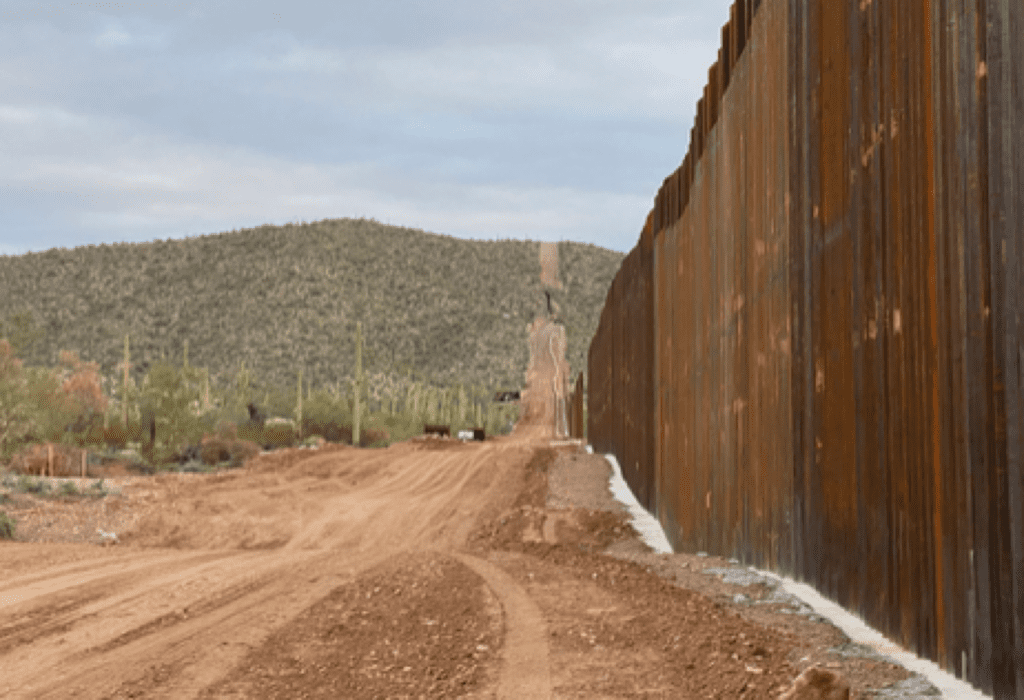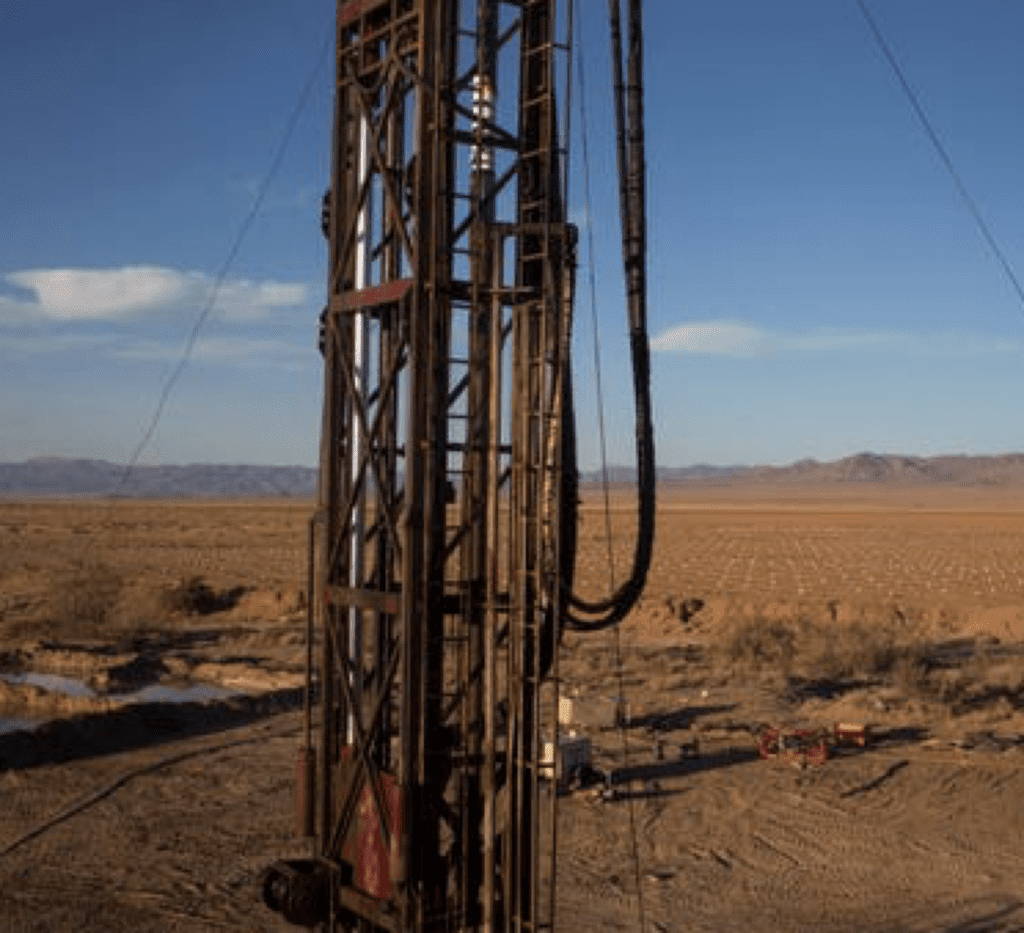Watershed Info No 1037
Daniel Salzler No. 1037 EnviroInsight.org Six Items February 21, 2020
——Feel Free To Pass This Along To Others———
If your watershed is doing something you would like others to know about, or you know of something others can benefit from, let me know and I will place it in this Information newsletter.
If you want to be removed from the distribution list, please let me know. Please note that all meetings listed are open.
Enhance your viewing by downloading the pdf file to view photos, etc. The attached is all about improving life in the watershed.
This is already posted at the NEW EnviroInsight.org
1.$10 Billion Pledged To Fight Climate Change. Amazon Chief Executive, Jeff Bezos, says he is committing $10 Billion to start a new fund to fight climate change. The Bezos Earth Fund will help scientists, activist, non-government organizations and any other effort that “offers a real possibility to help preserve and protect the natural world.”
Source: Wall Street Journal, Feb 18, 2020

2. EnviroInsight To Hold Recycling Education Event. On February 29th,
EnviroInsight.org will be hosting an education event in front of Lowes Home Improvement located at 5809 West Northern Avenue, Glendale from 10 a.m. to 3:30 p.m..
EnviroInsight, a Non-Profit Organization, will be educating the public on that “what” and “how” to recycle goods that are generated around the house, such as old paint, aluminum cans, Fats, Oil, and Grease (F.O.G.), newspapers and magazines, and much, much more.

For more information, contact Dan Salzler at Sconflict@aol.com or 623-930-8197.
3. Arizona Association of Environmental Professionals

February Monthly Meeting & Raffle!
Tuesday, February 25th: David McIntyre, McIntyre Environmental LLC
Location: Old Spaghetti Factory; 1418 N. Central Avenue, Phoenix, AZ 85004
Time: 6:00-8:00pm
A Summary of the Proposed Changes to the National Environmental Policy Act (NEPA)
This presentation will cover the Council on Environmental Quality (CEQ) proposal to update its regulations for implementing the procedural provisions of the National Environmental Policy Act. We will look at the major changes, and some minor ones, and opine about their impact to federal agencies and contractors.
David McIntyre is the co-owner of McIntyre Environmental LLC located in Tucson. Mr. McIntyre started in environmental consulting in 1999 at the US Army Yuma Proving Ground (YPG).
RSVP here or email us at azaep@azaep.org by Friday, February 21st.
Monthly meetings are $25 for non-members, $20 for members, and $10 for students and will include dinner.
* Please bring cash or check *
3. TUCSON WATER TURNAROUND

ISBN: 9781625763433
Author: Michael J. McGuire, Marie S. Pearthree
Publisher: American Water Works Association (AWWA)Publication date: 2019
AWWA catalog no: 20844
Media Type: BOOK
Number of pages: 441
In the 1990s, Tucson Water changed water sources without considering the limitations of their existing distribution system or the taste and odor effects for customers. The new water caused pipe corrosion for customers, damaged the distribution system, and created a public relations nightmare. Exhaustive research undertaken by the authors paints a detailed picture of how this crisis occurred, ineffectual attempts to address the problem, and how a new team finally solved Tucson’s water woes. Cost: $33.00 To order, go online to aww.org
4. 2020 Membrane Technology Conference.

Ever heard of “Struvite”? Struvite is a crystalline mineral composed of magnesium, ammonium and phosphate and is a natural byproduct of wastewater treatment and is as hard as concrete.
Join AMTA and AWWA to explore how the latest developments in membrane technology can enhance water reliability and quality. Each year the conference reveals new directions in water and wastewater treatment technologies, desalting and membrane bioreactor applications.
Who Attends MCT?
- Consultants and contractors
- Designers
- Professors and students
- Federal, state and municipal management and executives
- Local, state and federal regulators
- International audience
- Manufacturers, suppliers and distributors
- Operator
- Scientists and researchers
- Water and wastewater engineers
- Water utility plant management and executives
5. Endangered Species Are Casualties of The Border Wall . The habitats for jaguars, ocelots, and wolves are being cut in half.
As new border wall construction rips through some of the most biologically diverse desert lands in North America, it is putting nearly 100 endangered species at increased risk. “I think many people still don’t realize that the border wall also will wipe some species off the face of the planet and have irreversible environmental impacts, changing these places forever,” says Laiken Jordahl, borderlands campaigner for the Center for Biological Diversity. Jordahl has traveled the extent of the US-Mexico borderlands advocating against border wall construction and routinely posts updates on social media about the topic.

Before the Trump administration came to power in 2017, there were already approximately 650 miles of barriers in place along the roughly 2,000-mile-long US-Mexico border. The ongoing construction does present a new threat to desert ecosystems, Jordahl says. “DHS is replacing tiny vehicle barriers—which wildlife and water could pass through with total ease—with a massive solid wall that will stop every single species of wildlife larger than a pocket mouse in its tracks.”
The administration has already put in place 119 miles of new border fortifications and has plans for a total of 576 miles of wall —450 of which it expects to have completed by the end of this year —using over $11 billion in taxpayer money. The administration has now notified Congress it is diverting another $3.8 billion dollars from the Pentagon budget in order to wall off hundreds of more miles—a move that critics say is unconstitutional. (The Sierra Club is the lead plaintiff in a suit challenging the constitutionality of the border wall funding.)
To those unfamiliar with the borderlands of the Southwest, mention of the region may conjure images of a vast desert wasteland. In reality, the US-Mexico borderlands are some of the most biodiverse wildlands in North America.
Saguaro Cactus:
Jordahl has witnessed destruction firsthand in Organ Pipe National Monument, parts of which are being razed to build a 30-foot-high wall in spite of the area’s status as federally designated wilderness. The Border Patrol and its contractors have bulldozed some 30 miles along the southern end of the park, and in the process have killed hundreds, if not thousands, of saguaro cacti, a signature plant of the Sonoran Desert. “Saguaros are being destroyed, chopped up like firewood, and discarded into trash heaps—all on sacred lands of the Tohono O’odham who actively use the area for ceremonial purposes,” Jordahl says. One site in the National Monument —Monument Hill, a sacred burial site of the Tohono O’odam people— is being blown up to make way for the border wall.
Under Arizona law, if someone is found guilty of damaging or cutting down a saguaro, they could face felony charges and up to a 25-year prison sentence.
Source: Sierra Club
6. Mohave County’s Elected Leaders Want Arizona Water Regulators To Step In And Prohibit The Expansion Of Irrigated Farmlands in areas where groundwater levels are dropping.
The county’s Board of Supervisors voted unanimously last week to ask the Arizona Department of Water Resources to form an “irrigation non-expansion area,” or INA, which would bar landowners from irrigating additional land in parts of the county and would require owners of large wells to report how much water they’re pumping.
State officials previously rejected a similar request in 2016, citing limitations in Arizona’s groundwater law. But Mohave County supervisors urged state officials to reconsider, pointing to a new study that predicts some of the desert aquifers in the Kingman area could fall to critical lows within 60 or 70 years.

The five-member board urged Buschatzke to create a new irrigation non-expansion area in two parts of the Hualapai Valley groundwater basin in northwestern Arizona — the Kingman subarea and the Hualapai subarea. They wrote that “inaction means Mohave County must wait for our new farms to exhaust our groundwater basin before any action may be taken by the State of Arizona, and then it will be way too late for the residents of Mohave County.” Source: AZ Central
